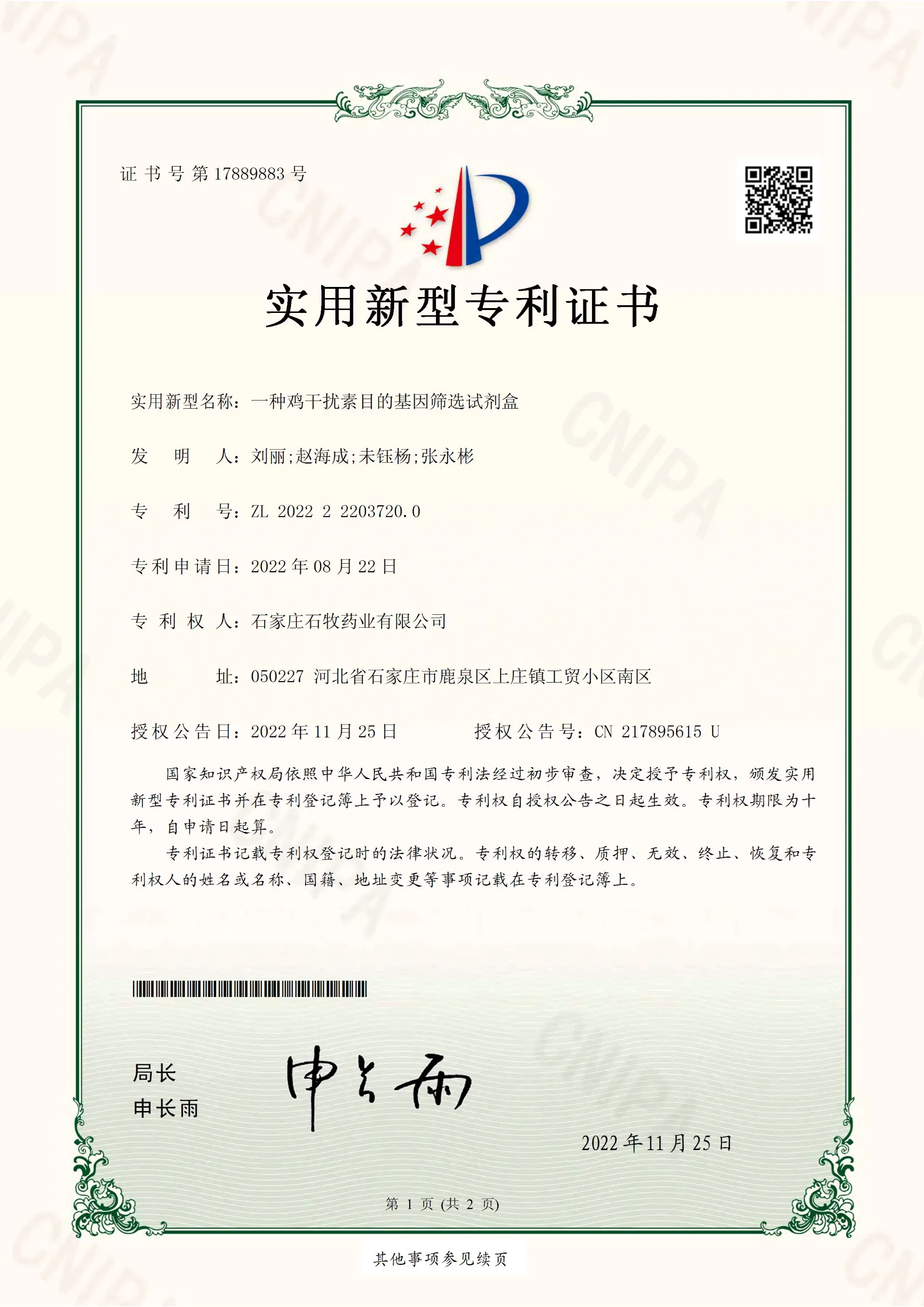The poultry industry stands as one of the most significant contributors to global food production, and with the world's population projected to reach nearly 10 billion by 2050, the demand for chicken, turkey, and other poultry products is expected to soar. Amid this compelling demand, optimizing the growth and health of poultry becomes paramount. This is where the concept of growth medicine comes into play, offering innovative solutions to enhance poultry production sustainably.






